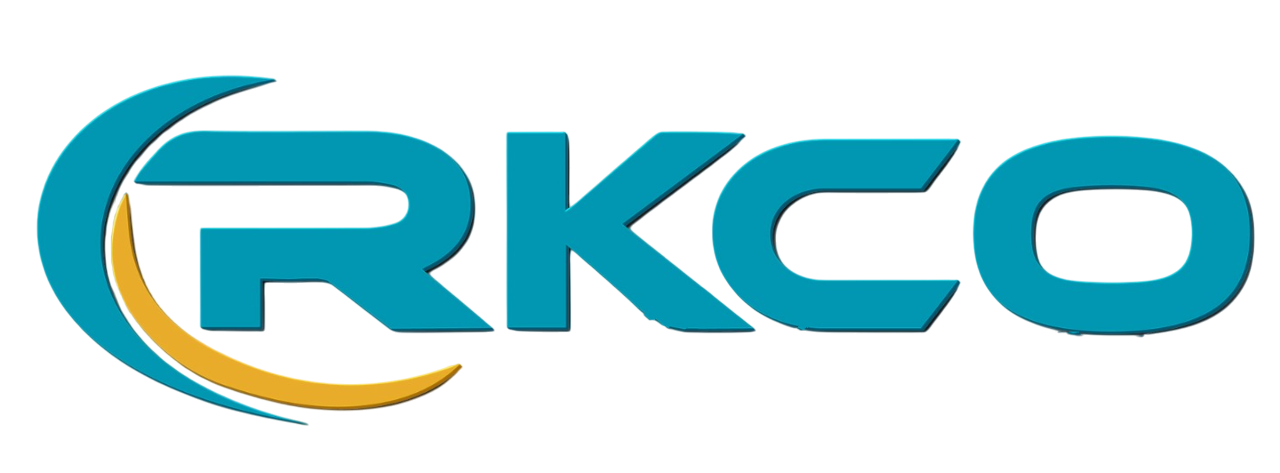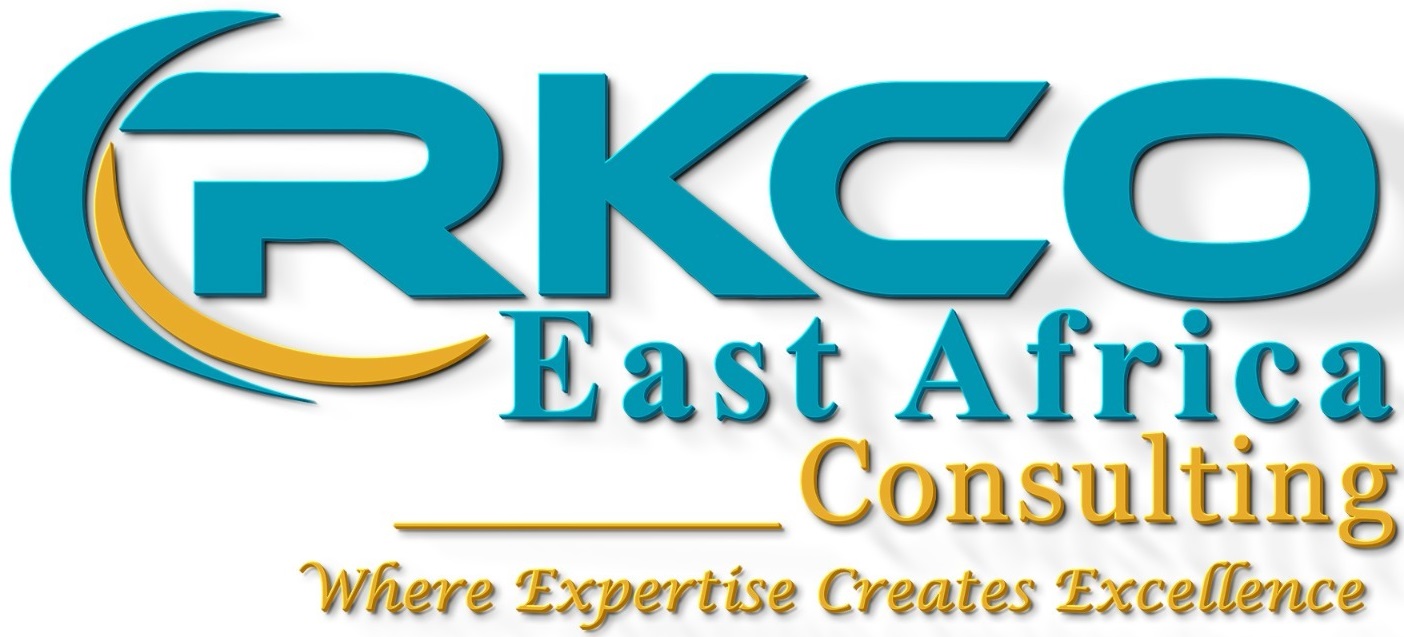In today’s fast-paced and unpredictable business environment, risk is no longer confined to isolated incidents—it is woven into every aspect of an organization’s operations. From financial fluctuations and cybersecurity threats to regulatory changes and reputational challenges, businesses face a multitude of risks that can impact their ability to achieve strategic goals. This is where Enterprise Risk Management (ERM) becomes not just relevant, but essential.
What is Enterprise Risk Management (ERM)?
ERM is a holistic, organization-wide approach to identifying, assessing, managing, and monitoring risks. Unlike traditional risk management—which often functions in silos—ERM provides a structured and integrated framework that aligns risk management with overall business strategy.
It enables leadership to make informed, risk-aware decisions, ensuring that potential threats are anticipated and opportunities are maximized.
Why ERM Is a Strategic Necessity
1. Supports Strategic Decision-Making
ERM integrates risk intelligence into strategic planning, helping organizations align their goals with risk appetite. By identifying potential obstacles early, leadership can make better decisions and allocate resources more effectively.
2. Enhances Business Resilience
An effective ERM program prepares organizations to withstand and recover from disruptions. Whether facing economic instability, supply chain issues, or emerging technologies, businesses with strong ERM practices are better equipped to adapt.
3. Strengthens Regulatory Compliance
With increasing regulatory scrutiny, organizations must demonstrate due diligence in managing risks. ERM supports compliance with international standards (such as ISO 31000) and industry-specific regulations by providing a documented, auditable risk management process.
4. Protects Reputation and Builds Trust
Reputational damage can result in lost customers, reduced investor confidence, and long-term harm. ERM helps identify and mitigate reputational risks, fostering trust among stakeholders, clients, and partners.
5. Drives Operational Efficiency
By identifying inefficiencies, redundancies, and vulnerabilities, ERM contributes to streamlined operations. It enables organizations to proactively address internal risks, reducing waste and boosting productivity.
Key Components of an Effective ERM Framework
- Risk Identification – Pinpoint internal and external risks that could impact strategic objectives.
- Risk Assessment – Analyze the likelihood and impact of each risk using qualitative and quantitative methods.
- Risk Response – Develop strategies to avoid, transfer, mitigate, or accept risks.
- Monitoring and Reporting – Continuously track risk exposure and report insights to key stakeholders.
- Integration and Culture – Embed risk management into daily operations and cultivate a risk-aware organizational culture.
RKCO’s Approach to ERM
At RKCO East Africa Consulting, we work closely with organizations to design and implement tailored ERM frameworks that reflect their unique challenges, industry demands, and strategic goals. Our services include:
- ERM policy and framework development
- Risk assessments and gap analysis
- Risk register development and monitoring tools
- Training and capacity building for internal teams
- Continuous improvement and ERM maturity assessments
Final Thoughts
In an age of complexity and rapid change, organizations cannot afford to treat risk management as an afterthought. Enterprise Risk Management is not just about avoiding threats—it’s about enabling smarter decisions, achieving objectives, and creating lasting value.
Investing in a robust ERM framework today ensures your organization is prepared for tomorrow’s challenges.
Looking to enhance your risk management strategy?
Contact RKCO East Africa Consulting today and let us help you build a resilient, risk-aware organization.





